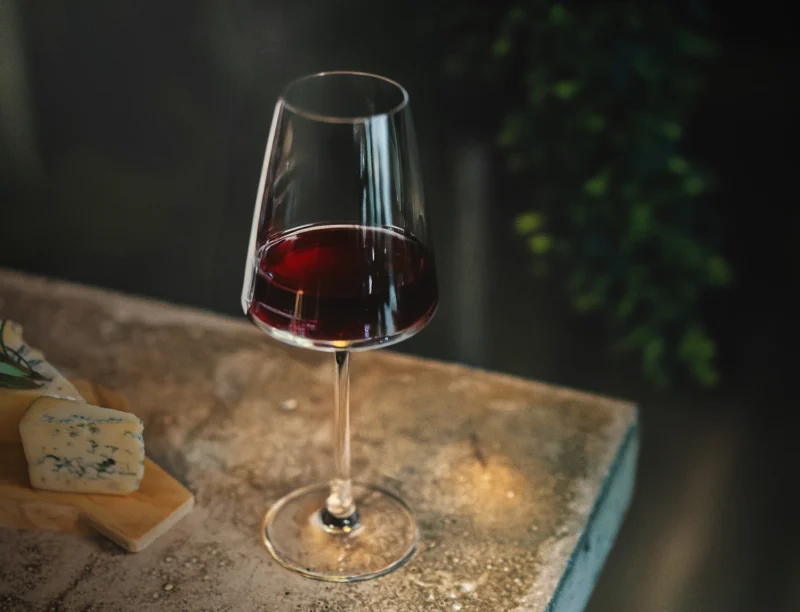We talk about wine body when we refer to the way the wine feels inside our mouth. You’ve probably heard of round, light or fresh wines. If you’re wondering, how is this determined? A simple exercise is to remember the sensation of skim versus whole milk on your palate. Due to its fat content, one is denser than the other. Well, with wine it’s similar.
In wine, however, it will depend on the factors sugar, alcohol, acidity and tannins, which are what give structure to a wine and, in turn, contribute to its body. Thus, they can have lower or higher density.
To be more exact, experts classify the wine body into three categories: light, medium or full. Where the light-bodied feels lighter in the mouth, and the full-bodied one is the one that coats the entire palate and feels more viscous.
Next, we will tell you how these elements work individually, and how they make up the wine body.

Alcohol
The higher the alcohol, the greater the sensation of heat and density that the wine delivers on the palate. This is how wines with an alcohol percentage above 14%, usually have a full body. This is what happens, for example, in the case of Marques de Casa Concha Syrah, with 14.4% alcohol, that has a refined texture and notable structure on the palate. While wines with a level below 12.5% usually have a light body.
Tannins
Tannins, the element that gives astringency and bitterness to wines, present in the seeds and skin of the grapes, also influence the body. It is important to mention that tannins are more present in red varieties than white ones. So, for example, Marques de Casa Concha Cabernet Sauvignon has a full body compared to Marques de Casa Concha Pinot Noir, a variety naturally low in tannins (and therefore a very light and paler-coloured wine).
But tannins are also present in the oak. That’s why barrel-aged wines generally have a full body. And here the case of Chardonnay is interesting, a white variety that is often fermented and aged in barrels, techniques that give the wine more body and volume in the mouth like Marques de Casa Concha Chardonnay.
Acidity
Have you noticed that those wines that make your mouth watering are more acidic? This is what happens every time, for example, we drink a glass of a light-bodied wine like a Sauvignon Blanc. While those wines with low acidity offer a much rounder or fuller body.
Sugar
One factor that is rarely mentioned on wine labels is residual sugar. What is this? The amount of sugar that was not fermented (to produce alcohol) and that remains in the wine. When talking about dry wines, we are referring to a wine with little residual sugar. While a sweet wine will have more residual sugar.
Thus, the higher the sugar level, the greater the sensation of density of the wine in our mouth. That is, the wine body will be greater.




